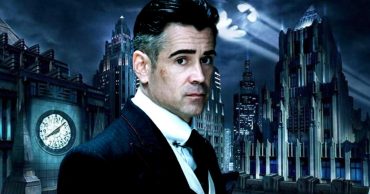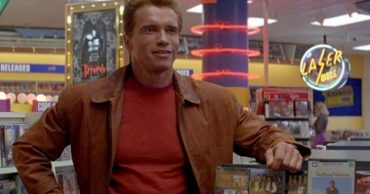Renfield isn’t really an adaptation of Bram Stoker’s Dracula — the 1897 Gothic novel provides the inspiration for the two main characters in Chris McKay’s film, but that’s essentially where the connection ends. The supernatural horror comedy is, for all intents and purposes, an original story, with a screenplay penned by Ryan Ridley (Robert Kirkman pitched the story originally). It’s set in the present day, it rewrites the rules of being a vampire and a familiar, and it changes the narrative focus to put R M Renfield (Nicholas Hoult) at the center of the action.
Renfield is a supernatural comedy horror, that approaches its content with a certain tongue-in-cheek silliness. Audiences are offered lots of gore, lots of menacing speeches, and lots of therapy talk about morality, personal responsibility, and power. In the film, Renfield is struggling to get out of his “toxic, codependent relationship” — trouble is, the “narcissist” he’s entangled with is Count Dracula (Nicolas Cage). In this way, the film is a not-so-subtle allegory for abusive relationships and the personal, professional, and emotional toll they can take on someone.
How Renfield Compares To Bram Stoker’s Dracula
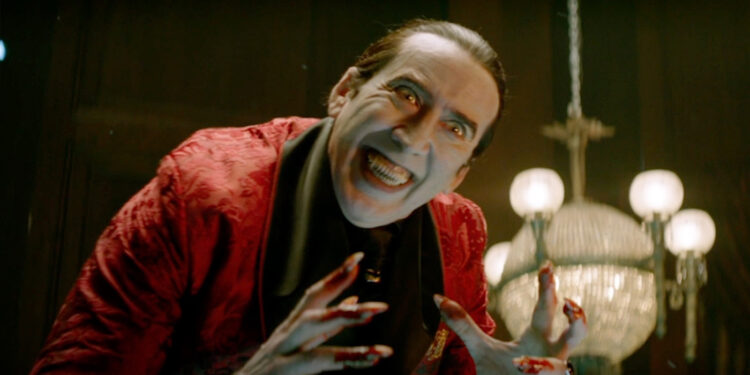
Given the updated subject matter, it should be of no surprise that Renfield is very different from Bram Stoker’s Dracula. In the novel, a solicitor named Jonathan Harker goes to Dracula’s castle to do business and stumbles upon three female vampires. He manages to escape, but his fiancé Mina Murray and her best friend Lucy Westenera become Dracula’s new targets. Professor Abraham Van Helsing is brought in to help. Dracula turns Lucy, and she is essentially mercy-slayed by her fiancé and former-suitors-turned-friends. In the end, the men team up to kill the remaining vampires and save Mina before she suffers the same fate as Lucy.
Renfield is in the novel, but he’s not integral to the story. He’s the patient of Dr. Seward (one of Lucy’s friends); he’s been institutionalized in Dr. Seward’s asylum for his erratic behavior — although the heart of the issue is actually Dracula’s corrupting influence, not a mental illness. Renfield helps Dracula get to Mina, but has a change of heart and tries to intervene on her behalf — and is mortally wounded by Dracula.
Understandably, a movie that makes Renfield the main character is going to be vastly different. Still, there are some similarities between the two stories. Nic Cage as the maniacal Dracula (or Cage-ula, if you will) is in keeping with the book version physically: Stoker describes Dracula as lizard-like, with sharp pointed teeth, pale skin, and sharp fingernails (also a mustache, which is missing in most Dracula adaptations). The personalities and behavior are different, though — the book version is much more sedate.
Another interesting parallel is the Quincey character; in Stoker’s Dracula, Quincey Morris is one of Lucy’s former suitors, and he is instrumental in killing the Count at the end of the book. Awkwafina’s police officer character, Rebecca Quincy, shares the name and plays a very similar role in the narrative (especially during the violent climax). Even the protection circle she uses against Dracula in Renfield is from the book — although Stoker’s version is called a “Holy Circle” (and probably wasn’t drawn with cocaine).
Renfield’s Bug Eating Is From Dracula (Sort of)
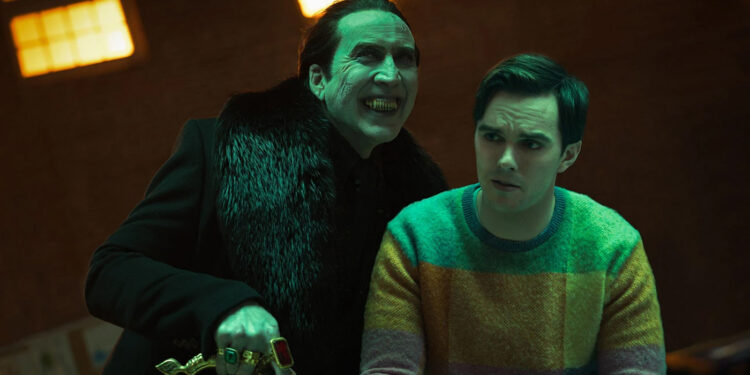
Arguably the aspect of Renfield that is most faithful to Bram Stoker’s Dracula is the titular familiar’s characterization. In the book, Renfield is a 59-year-old homicidal “lunatic” under Dr. Seward’s care — a bit older than the Nicholas Hoult version, and with much less sex appeal. Still, the nervousness and mental health concerns are consistent.
Hoult’s character gets his strength from eating insects and absorbing their “life force.” This gives him super strength, as well as immortality. Although this isn’t how being a familiar works in Dracula (in fact, when the book Renfield goes up against Dracula, it ends very badly) it is true that Renfield’s reasoning for eating spiders, birds etc. is because he believes it will make him stronger and extend his life — he’s trying to imitate his master’s practice, in a perverse imitatio christi (or maybe imitatio diaboli?).
Renfield Combines Two Characters From Bram Stoker’s Dracula
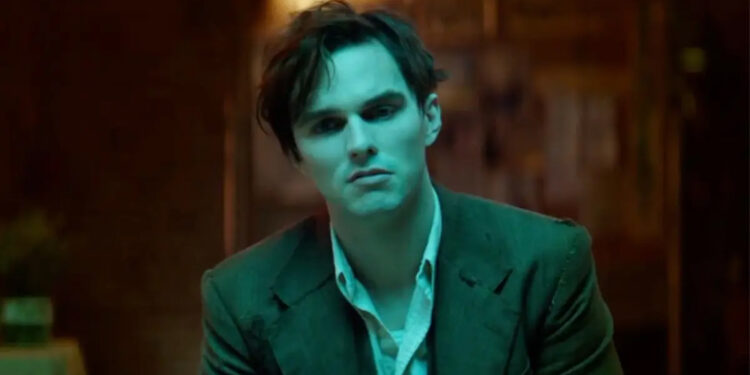
Nicholas Hoult’s character in Renfield takes inspiration from another Dracula character too: Jonathan Harker. In the novel, Jonathan goes to Dracula’s castle to help the Count purchase a home in England. He manages to escape the vampires’ clutches, but the ordeal leaves him deliriously ill in Budapest. In the brief flashback of Renfield’s past in the 2023 film, this is roughly how he encountered the Count.
It might seem odd that Jonathan and Reinfeld are combined in Chris McKay’s film, but this is actually in keeping with many Dracula adaptations. In fact, the backstory in Renfield is very similar to Universal’s 1931 adaptation, which is arguably the most influential Dracula film. The changes in Tod Browning’s movie condense Bram Stoker’s novel, streamlining the narrative to better fit the format. Technically “John” Harker is still a character, but all the action in the first act — going to the castle, meeting the female vampires, and escaping on a boat but becoming delirious in the process — is given to Renfield. Renfield pays tribute to the 1931 Universal Classic Horror film in various ways, so it makes sense that it would base its titular character on that version more closely than the book counterpart.
 Follow Us
Follow Us

